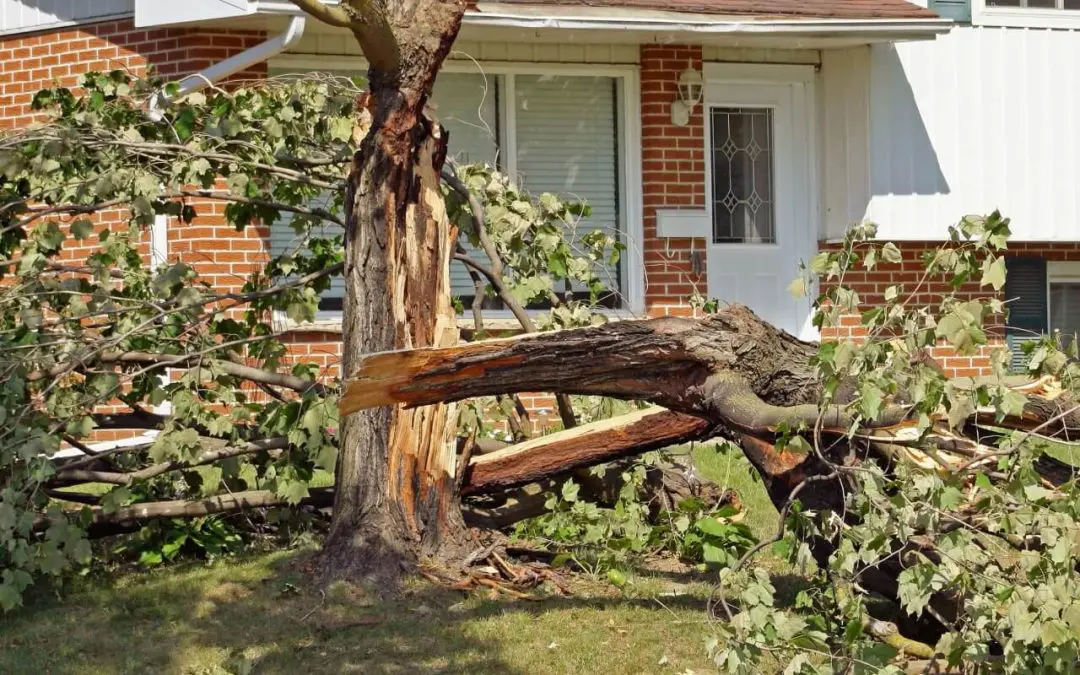Signs You Should Remove a Tree
Trees complement your home and make your property more attractive, but dead or damaged trees cause problems for you and your neighbors. You may need to remove a tree if there are problems with the location or its stability. Arborists will advise you on issues related to tree health and can safely remove a tree if necessary.
Physical Deterioration
Inspect your tree for any signs of deterioration that could lead to structural instability in the tree. A tree will need immediate removal if more than half of the crown is gone.
Other examples of deterioration are substantial decay and large cracks. Hollow trees are dangerous because they will appear healthy from the outside. If the tree has a large hole, inspect it for rot. If more than one-third of the tree is hollow, it is time to have it removed. Hollow cavities or cracks in the trunk mean the tree is damaged and structurally weak. This increases the chances that it will fall, possibly causing damage to a building or vehicle. If you have doubts about the health of the tree, contact an arborist who can make recommendations.
Remove a tree that is leaning, as this is a clear sign that it has sustained damage to the root system and won’t be anchored to the ground as well. Trees that have an angle of fifteen percent or more should be inspected by an expert.
Remove Unhealthy Trees
Unhealthy trees may show signs of infection such as fungal growth at their base. The infection can spread to surrounding plants or cause further damage so it’s important to consult an expert. Nutrient deficiencies contribute to the growth of fungi as trees compete with each other for resources.
Damaged branches can also be an indication of a problem. Branches that are brittle and have no living buds may be dying or diseased. Dead branches are hazardous because they could break during a storm and may cause injury or property damage. If you notice dead or dying branches, have them pruned.
It is important to pay attention to the soil around a tree. Soil piled around the base of a tree contributes to a lack of oxygen and water getting to the tree roots and can cause a tree to slowly die. If a tree on your property has been under these conditions for some time, it may need to be removed.
Remove a Tree That Interferes with the Property
Older trees can have a wide-reaching root structure, and it’s not easy to know how far the root system extends. A tree near a septic tank or electrical lines will eventually cause damage, which can be expensive to repair.
Trees can also affect the foundation of your home. Roots that damage the foundation affect the safety and value of your property. If the problem is left unaddressed for too long, the foundation could require costly repairs.
If you have questions about the trees on your property, consulting an arborist is the best course of action. They can determine what steps to take to protect your home and property from damage.
American Dream Home Inspections provides inspection services to customers in Northern New Jersey. Contact us to schedule an appointment.

